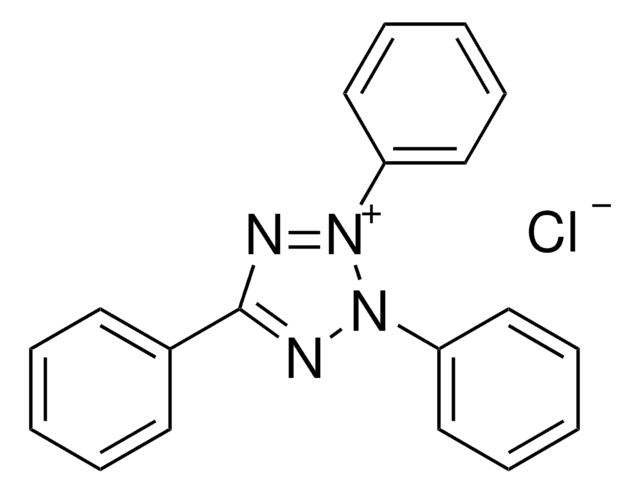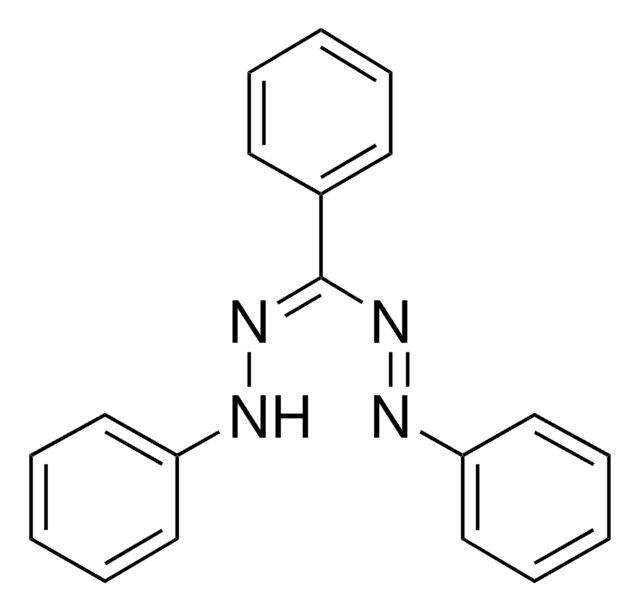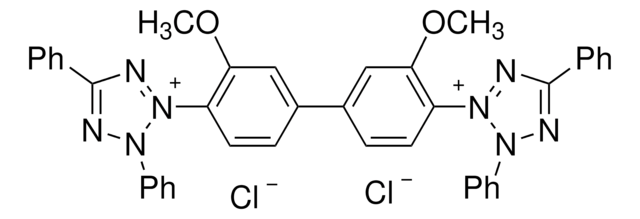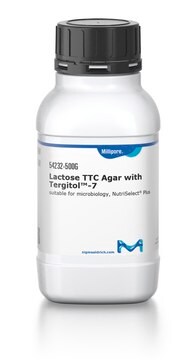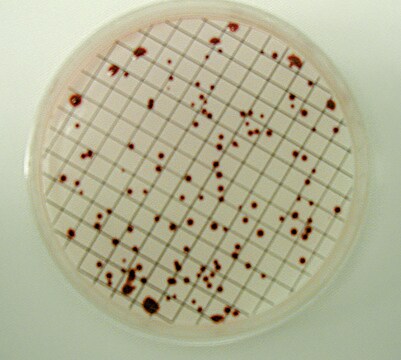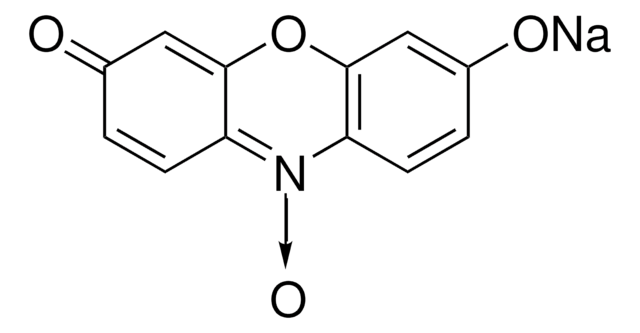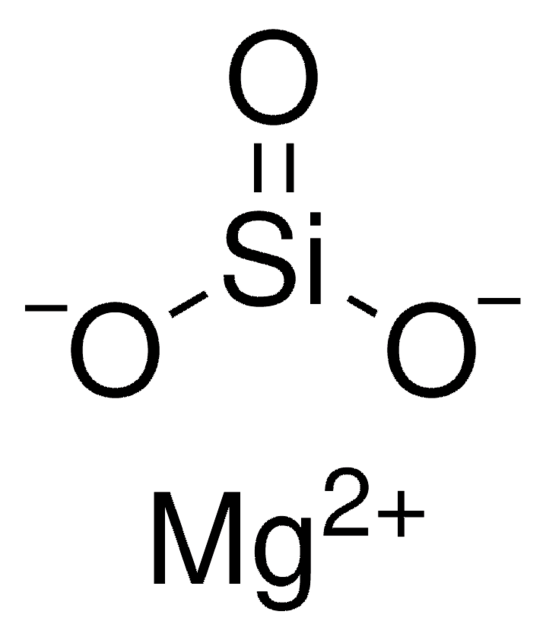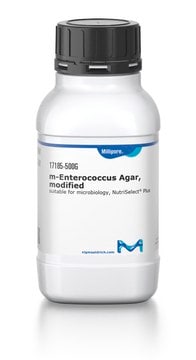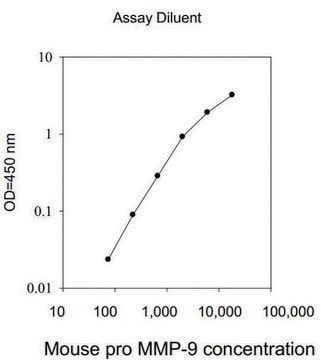17779
2,3,5-Triphenyl-tetrazoliumchlorid -Lösung
suitable for microbiology, Filter sterilized solution that is recommended for the detection of microbial growth based on reduction of TTC
Synonym(e):
TTC -Lösung, TTC Supplement
About This Item
Empfohlene Produkte
Qualitätsniveau
Sterilität
sterile (Filtered and Aseptic Handled)
Form
liquid
Haltbarkeit
limited shelf life, expiry date on the label
Mol-Gew.
334.8 g/mol
Anwendung(en)
agriculture
environmental
food and beverages
microbiology
Lagertemp.
2-8°C
Eignung
bacteria
SMILES String
[Cl-].c1ccc(cc1)-c2nn(-c3ccccc3)[n+](n2)-c4ccccc4
InChI
1S/C19H15N4.ClH/c1-4-10-16(11-5-1)19-20-22(17-12-6-2-7-13-17)23(21-19)18-14-8-3-9-15-18;/h1-15H;1H/q+1;/p-1
InChIKey
PKDBCJSWQUOKDO-UHFFFAOYSA-M
Allgemeine Beschreibung
Anwendung
Komponenten
2,3,5-Triphenyltetrazoliumchlorid: 0.1 g, destilliertes Wasser: 10 ml
Lagerklassenschlüssel
10 - Combustible liquids
WGK
WGK 2
Flammpunkt (°F)
Not applicable
Flammpunkt (°C)
Not applicable
Persönliche Schutzausrüstung
Eyeshields, Gloves
Hier finden Sie alle aktuellen Versionen:
Besitzen Sie dieses Produkt bereits?
In der Dokumentenbibliothek finden Sie die Dokumentation zu den Produkten, die Sie kürzlich erworben haben.
Kunden haben sich ebenfalls angesehen
Artikel
Vibrio Detection
Unser Team von Wissenschaftlern verfügt über Erfahrung in allen Forschungsbereichen einschließlich Life Science, Materialwissenschaften, chemischer Synthese, Chromatographie, Analytik und vielen mehr..
Setzen Sie sich mit dem technischen Dienst in Verbindung.